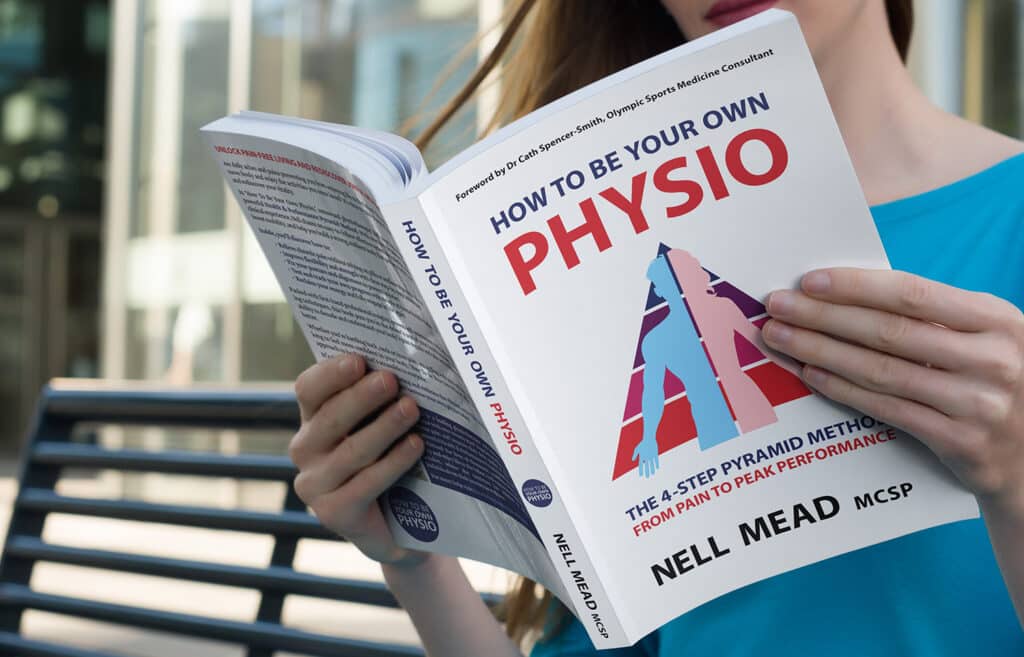Tennis elbow presents as a pain in the outside of the elbow, especially when gripping — tennis players generally notice it when they hit a backhand shot, and non-tennis players are more likely to feel pain on shaking hands and carrying shopping. But what is it — and how can you avoid it?
Pain in the outside of the elbow is usually caused by straining the tendons that attach to the bone there. The medical name for it is lateral epicondylitis, though it’s more commonly known as tennis elbow.
Most people assume that the problem is caused by weakness at the wrist or elbow, and will suggest strengthening exercises, but actually there are lots of potential causes and in my experience the cause is very rarely the elbow, so the traditional elbow-strengthening exercises can do more harm than good. I’m also not a fan of tennis elbow braces, as they just move the point of stress from your elbow to your forearm, and I think you’re more likely to store up more problems for later than to actually solve the issue.
To reduce the risk of getting tennis elbow in the first place, the first thing to look at is your racket. If your racket is too light and your grip is too small, you will grip harder, which puts your wrist and elbow muscles under tension — and similarly, if your strings are too tight, the force that gets transmitted through your elbow will be too high. To reduce the risk of tennis elbow, you ideally want a heavier racket (and more specifically, the weight should be nearer the grip than the head), a fatter grip, and looser strings.
The next thing to look at is your body and your technique. When you hit a tennis ball, the power in your shot should come from your legs pushing up from the ground, then a rotation through your spine, and then finally a swing from your arms. Using your whole body not only gives you a more effective stroke, but also protects your arms from damage, by distributing the forces properly. So the first thing you need to check is whether you are able to move properly. Are you balanced when you squat and lunge? Can you rotate through your spine? Do your shoulder blades glide well over your ribcage? Do your shoulders move well in their sockets? Can you pronate and supinate your forearm? Is your grip strong enough? If you’re not sure how to test these things — it may be worth booking in for a sports performance assessment with Nell. And if testing shows up weaknesses, she can prescribe some simple exercises to help.
Finally, check with your coach that you are actually moving properly. Get them to video you and go through your technique slowly, to see where there are glitches in your stroke.
If you’re already having problems, your elbow is too sore, and you can’t hit a ball comfortably — and if a more suitable racket, a more flexible and engaged body and better technique don’t solve the problem within a couple of weeks — that’s when you need to see a physio who looks at your whole body to find the misfiring links in the chain, not someone who just looks at your elbow! So why not give us a call on 0207 175 0150 and come in to see Nell Mead for a physio assessment — so that we can fix not just the pain in your elbow, but the underlying cause, for a long term solution.







